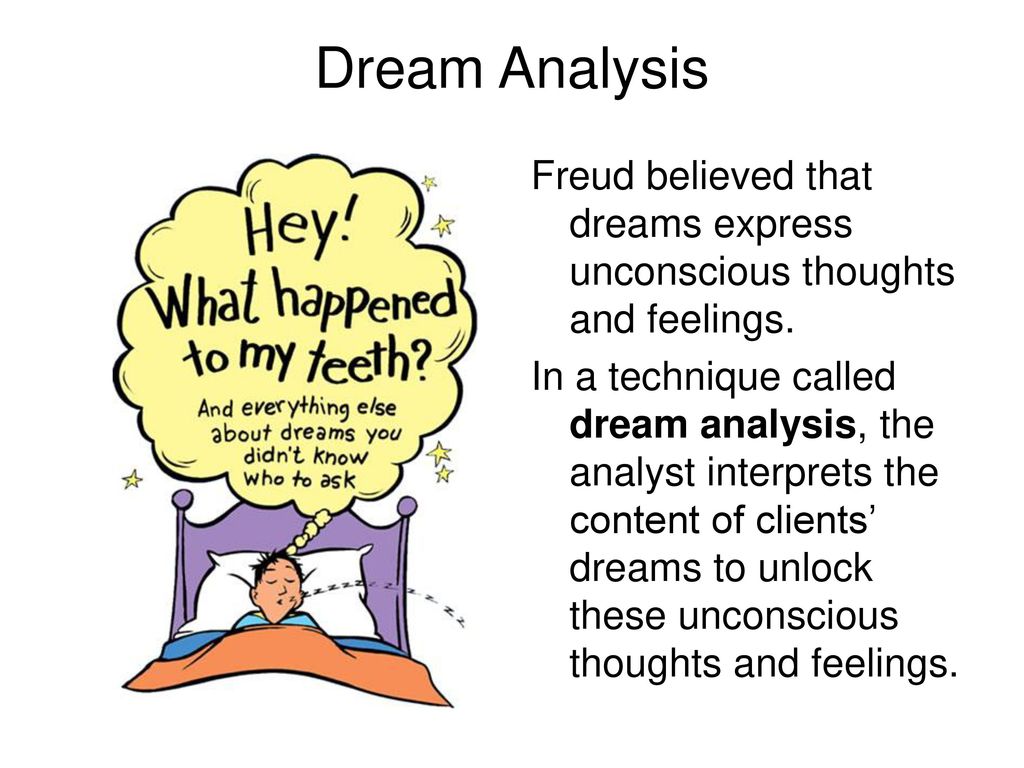Welcome to a journey into the depths of your mind – an exploration of the subconscious realm through the fascinating world of dreams. Dreams have been a source of wonder and curiosity throughout human history, offering insights into our innermost thoughts, emotions, and desires. In this article, we will delve into various dream analysis techniques that can help us better understand ourselves and unlock the mysteries of the subconscious mind.
Understanding Dreams and the Subconscious
Before we delve into dream analysis techniques, let’s first understand the nature of dreams and the role of the subconscious mind in shaping them. Dreams predominantly occur during Rapid Eye Movement (REM) sleep, where the brain is highly active, creating vivid and often bizarre experiences. Lucid dreams, a fascinating phenomenon, allow individuals to be conscious and in control within their dreams, blurring the line between waking and dreaming reality.
Theories of Dream Interpretation

Throughout history, various theories have emerged to interpret dreams, with two prominent approaches being Freudian Psychoanalysis and Jungian Analytical Psychology. Freud believed that dreams were the “royal road to the unconscious” and analyzed them through symbols representing unconscious desires. Jung, on the other hand, emphasized the significance of archetypes and the collective unconscious in dream analysis. Additionally, the Activation-Synthesis Model, a neurobiological perspective, suggests that dreams are the brain’s way of processing and making sense of random neural activity.
Keeping a Dream Journal
A dream journal is a powerful tool for enhancing dream recall and analyzing dream patterns. Keeping a journal by your bedside and recording your dreams immediately upon waking can help capture fleeting dream memories. Reviewing your dream entries over time can reveal recurring themes, symbols, and emotions, providing valuable insights into your subconscious mind.
Analyzing Dream Symbols and Themes
Dreams are often filled with symbols that may hold personal and universal meanings. Understanding common dream symbols can aid in interpreting the messages from the subconscious. However, it’s essential to recognize that individual dream symbolism may differ from universal interpretations. Cultural and historical influences can also play a significant role in shaping dream symbols.
Psychological Interpretation of Dreams
Emotions are an integral part of dreams, and exploring the emotional content of dreams can be revealing. Dreams can serve as a reflection of unresolved conflicts or unexpressed emotions. By analyzing dream emotions, one can gain insights into hidden aspects of their psyche, paving the way for self-discovery and personal growth.
Spiritual and Metaphysical Perspectives
Across different spiritual traditions, dreams hold profound significance. From ancient civilizations to modern practices, dreams have been seen as messages from the divine or the soul’s journey. Exploring dreams from a spiritual perspective can provide profound insights and spiritual growth. Lucid dreaming, while rooted in science, can also be viewed as a way to access higher states of consciousness and engage in spiritual exploration.
Practical Dream Analysis Techniques
Several dream analysis techniques can help uncover the rich layers of symbolism and meaning within dreams. Gestalt Dreamwork involves dialoguing with dream elements, gaining deeper understanding and integration. Active Imagination encourages individuals to step into dream symbols, allowing the dream narrative to unfold in a conscious and interactive manner. Expressive Art Therapy, such as visual journaling and collage interpretation, provides alternative and creative ways to explore dreams’ symbolism.
Enhancing Dream Recall and Lucid Dreaming
Improving dream recall is vital for effective dream analysis. Simple practices like keeping a dream journal, placing intention before sleep, and getting enough rest can significantly enhance dream recall. Lucid dreaming, where individuals are aware of their dream state and can influence the dream’s outcome, can be cultivated through reality checks and various lucidity-inducing techniques. Lucid dreams offer unique opportunities for self-exploration and creativity within the dream realm.
Working with Nightmares and Recurring Dreams
Nightmares can be distressing, but they often hold essential messages from the subconscious. Exploring the roots of nightmares through dream analysis can lead to emotional healing and resolution of underlying issues. Additionally, recurring dreams can point to unresolved patterns or emotions that require attention and understanding to break free from their influence.
Integrating Dream Wisdom into Waking Life
Dream analysis can offer valuable insights and guidance applicable to waking life. By applying dream insights to real-life situations, individuals can gain clarity and make informed decisions. Dream incubation, a practice of setting intentions before sleep to seek answers or solutions through dreams, can be an effective problem-solving tool.
Conclusion
Dream analysis is a profound journey into the subconscious, offering a gateway to self-discovery, personal growth, and spiritual insights. By exploring different dream analysis techniques and understanding the symbolism and messages within our dreams, we can tap into the vast reservoir of wisdom hidden within our subconscious minds. Embrace the adventure of dream exploration and unlock the mysteries of your own mind!

Greetings and welcome to my realm of dreams, emotions, and spiritual insight. I’m Nathaniel Cole, your dedicated companion on a transformative journey through the world of dreams and their profound meanings. Read more

